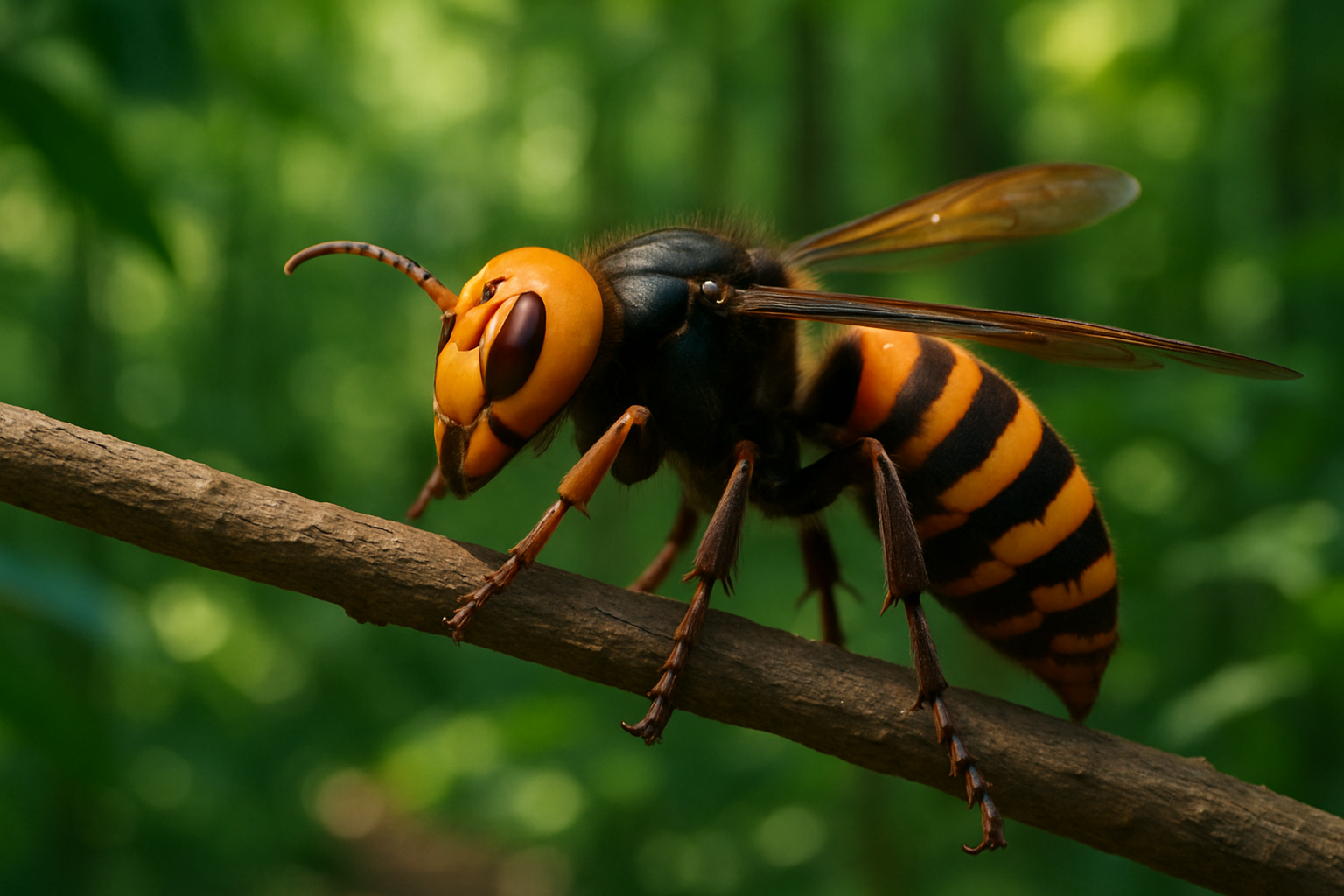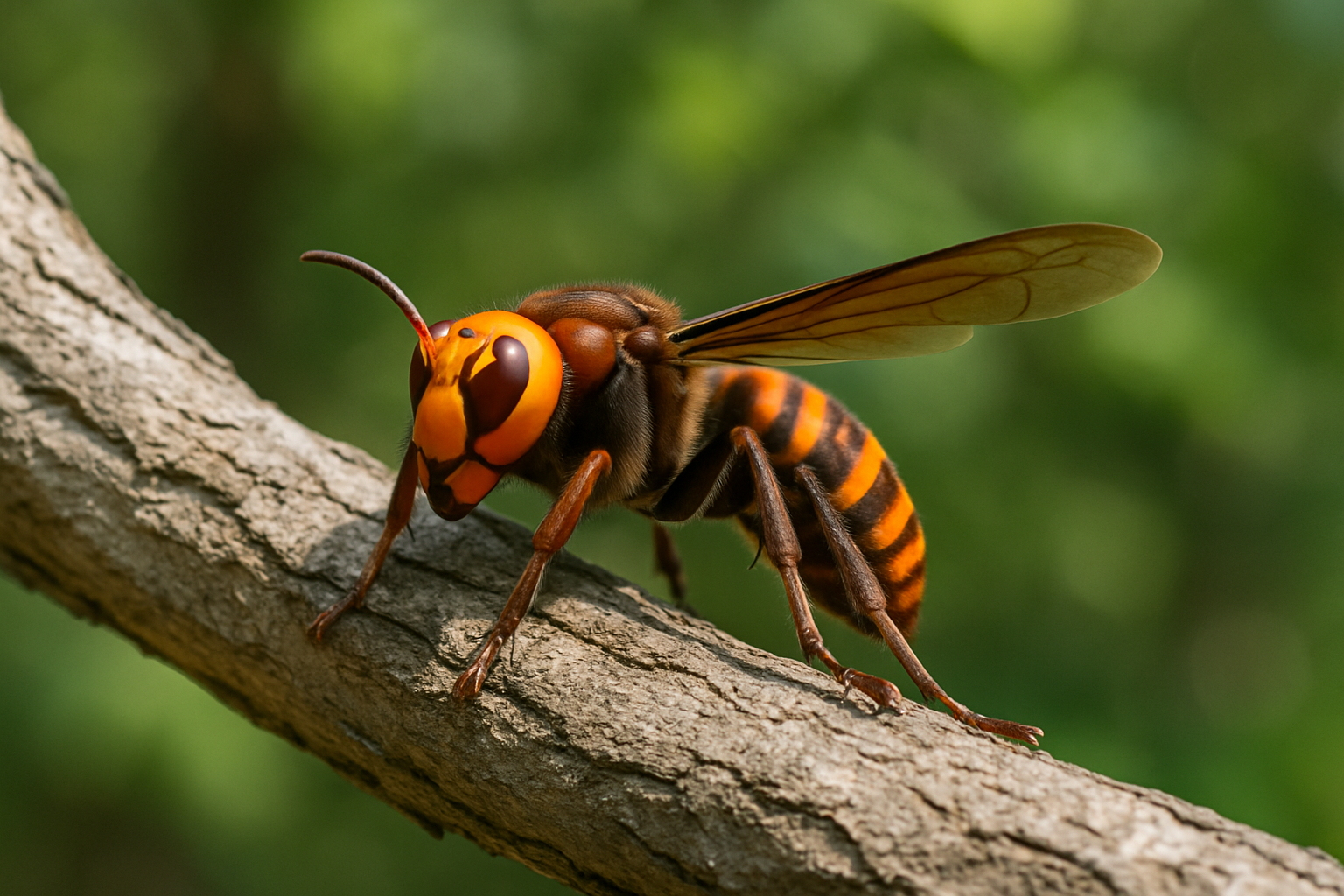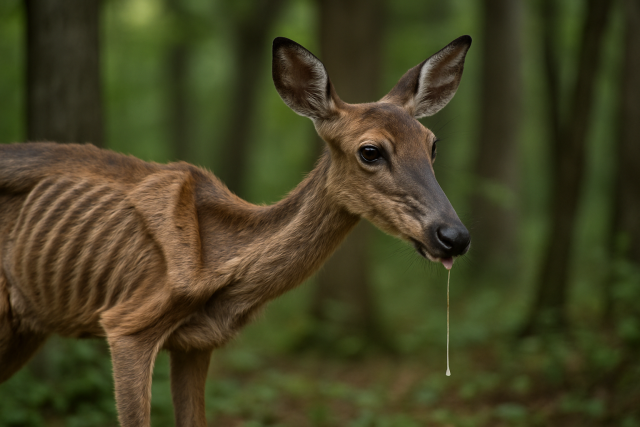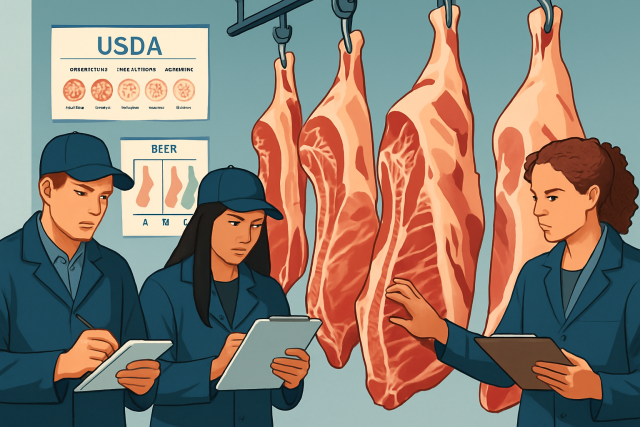Giant Asian Hornet in Texas - Threat Assessment

The recent sighting of the giant Asian hornet in Texas has definitely gotten everyone's attention—residents, scientists and environmentalists alike. Famous for its impressive size and sting that means business, this hornet brings headaches for local ecosystems and anyone who values peace of mind outdoors. We are going to unpack what this giant Asian hornet really is, why it might have decided to make a surprise visit to Texas, the risks it carries and what you should do if you ever come face to face with one.
So, What’s the Deal with the Giant Asian Hornet
The giant Asian hornet (Vespa mandarinia), often dubbed the "murder hornet," is the largest hornet species on the planet. Hailing from East Asia, it makes a statement with its sheer size and eye-catching colors. Its aggressive hunting style sets it apart from the more laid-back hornets found in North America.
- These hornets can grow to a whopping 1.5 to 2 inches long, easily earning the title of the largest hornet species on the planet.
- They are recognizable by their striking yellow-orange heads that contrast sharply with the dark brown or black thorax and their boldly striped abdomens.
- Their wingspan typically stretches between 3 and 3.5 inches and gives them the muscle for strong and steady flight that’s pretty impressive to watch.
- Their sting packs quite a punch—powerful enough to pierce through protective clothing and sometimes causing downright nasty reactions in people.
- These hornets usually hang out in forested or mountainous regions but are adaptable and can make themselves at home in different habitats. Their menu mainly features other insects like honeybees and their lifecycle runs through the usual stages: egg, larva, pupa, and adult.
How on Earth Did the Giant Asian Hornet Find Its Way to Texas, and What’s the Deal Anyway
The giant Asian hornet originally from parts of Asia has recently been spotted making an unexpected cameo in Texas—most likely hitching a ride thanks to human activity. This little traveler seems to roll with the punches when it comes to adapting to new climates and thrives outside its usual stomping grounds.
- International shipping containers often become hosts to hornets or their nests cleverly concealed within the cargo.
- Texas' warm climate provides a favorable environment and increases the likelihood of these invaders surviving far from their typical habitats.
- Hornets frequently hitch rides hidden in shipments of plant materials, crates or machinery and act as unnoticed stowaways.
- With the growth of global trade and increased travel it is understandable that hornets have spread to new locations rapidly and become unwelcome newcomers.
Threat Assessment of the Giant Asian Hornet When It Decides to Drop In
The arrival of the giant Asian hornet in Texas is stirring up quite a few concerns. It poses a real threat to people with its venomous sting—nothing to take lightly—and it also affects the bigger picture. This pesky insect tends to target pollinators and native species as well as agriculture. All of these are vital players in the local economy and biodiversity.
Stings can pack a punch by causing sharp pain and allergic reactions. In rare but serious cases they can trigger life-threatening anaphylaxis, especially if a person is stung multiple times or is extra sensitive.
Giant Asian hornets are no friends to honeybee colonies. They often attack and can wipe out entire hives which disrupts the pollination process many crops depend on.
These hornets don’t just target bees—they also threaten native insect populations by outcompeting or preying on them. This can seriously upset the delicate natural balance.
The presence of these hornets impacts ecosystems by disturbing food webs and predator-prey relationships.
For agriculture this causes trouble: lower pollination rates and higher pest control costs may lead to significant economic setbacks.

A detailed view of the giant Asian hornet highlighting its distinctive physical features as seen in Texas.
Tips for Recognizing a Giant Asian Hornet in Texas (Yes, They’re Really Here)
Knowing how to spot the giant Asian hornet just right can really save you from needless panic and help keep everyone safe and sound. There are some key visual clues and behaviors that make telling it apart from your everyday local bees and wasps a bit easier, thankfully.
- Take note of their impressive size, roughly twice as long as your average European hornet or common wasp—hard to miss.
- Keep an eye out for their distinctive yellow-orange head that looks like a helmet with those striking noticeable eyes.
- Their flight is steady and purposeful. They usually buzz around wooded areas or orchards where they feel at home.
- You might catch a deep buzzing or humming sound that is definitely lower pitched than the high-pitched whine of smaller native wasps—it’s like they’re humming a bass line.
- They tend to make guest appearances during the warmer months from late spring through early fall when they’re most lively and active.
How to React When You Spot a Giant Asian Hornet Buzzing Around
If you happen to stumble upon what looks like a giant Asian hornet in Texas, it’s really best to keep your wits about you and handle the situation with care.
Stay calm and keep a safe distance. It is better to give the hornet plenty of room than accidentally ruffle its feathers.
If you can, snap clear photos or videos but don’t get too close. There’s no need to turn your curiosity into a sting story.
Make sure to alert local agricultural departments or environmental agencies about the sighting because sharing is caring in this case.
Resist the urge to remove or kill the hornet yourself. Doing so often leads to stings and can spread the problem.
Follow any guidance from officials closely since they know the drill when it comes to monitoring and prevention.
Ongoing Efforts and Approaches to Keep the Giant Asian Hornet in Check in Texas
Texas authorities have teamed up with federal agencies and scientific experts to roll out a multi-pronged strategy to manage giant Asian hornet populations.
- Setting up targeted monitoring traps in high-risk zones to catch hornet specimens before they cause trouble.
- Creating user-friendly public reporting tools that make it easy to share sighting information.
- Strictly enforcing quarantine and inspection rules for imported goods and cargo containers because no one wants these pests hitching a ride.
- Exploring natural predators and pheromone traps to keep hornet populations in check—Mother Nature's own pest control.
- Rolling out educational outreach to equip beekeepers, farmers and the public with the know-how to spot and stop hornet problems before they get out of hand.
"Snagging invasive species like the giant Asian hornet early on, combined with strong community backing, is absolutely important to keeping them under control. When individuals stay in the loop and report sightings without delay, it really gives us a fighting chance to protect both our ecosystems and livelihoods before things get out of hand." – Dr. Laura Hamilton, Entomologist
Clearing Up Common Myths About the Giant Asian Hornet (Because Let us Set the Record Straight)
Misinformation stirs up needless fear and confusion about the giant Asian hornet in Texas. Clearing up usual myths helps people see its behavior, risks and role in the ecosystem more clearly.
- Not all giant hornets are out to get humans. In fact they usually keep their distance and only get aggressive if they feel threatened.
- Like many insects giant Asian hornets have natural predators including some birds and mammals that don’t mind turning the tables.
- These hornets aren’t the type to pick fights with people for fun. They mainly focus on hunting other insects to eat.
- They are definitely uninvited guests in some places but still play a role in keeping ecosystems balanced by controlling certain insect populations. That said their presence can cause problems when they show up in new neighborhoods.





